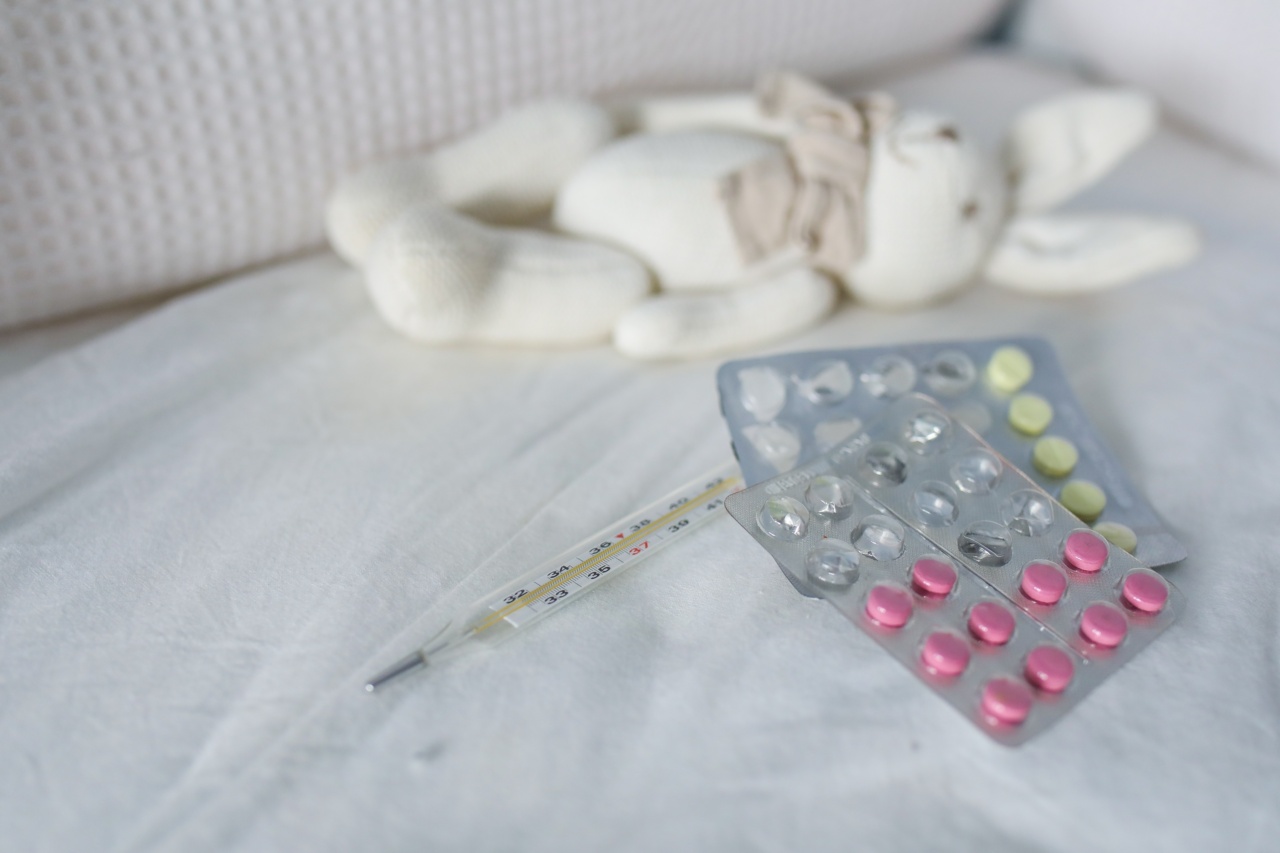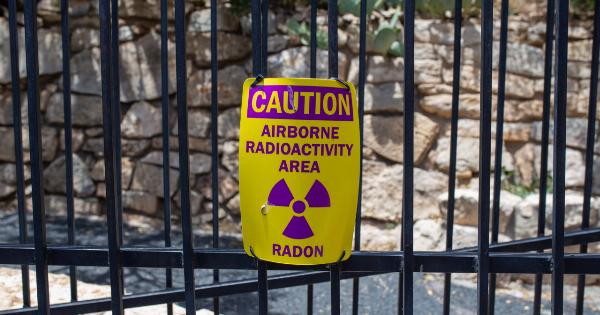If your child has been diagnosed with the flu (influenza), it’s important to provide proper treatment to help them recover quickly and comfortably.
Influenza is a contagious respiratory illness caused by influenza viruses that infect the nose, throat, and lungs. It can cause mild to severe illness and sometimes can lead to death. Here are some steps you can take to treat your child’s flu:.
1. Rest
Adequate rest is crucial for your child’s recovery. Encourage your child to take plenty of rest to help their body fight off the virus. Make sure they stay home from school and other activities until they are feeling better.
Avoid strenuous activities and exercise until they have fully recovered from the flu.
2. Fluids
It’s important to keep your child hydrated while they have the flu. Encourage them to drink plenty of fluids such as water, broth, and sports drinks. Avoid sugary drinks such as soda and fruit drinks as they can dehydrate your child.
If your child refuses to drink fluids, try giving them ice chips, popsicles, or gelatin desserts instead.
3. Fever Control
Fever is a common symptom of the flu. To help your child feel more comfortable, you can give them fever-reducing medication such as acetaminophen or ibuprofen. Follow the dosing instructions on the label carefully.
Do not give aspirin to children with the flu as it can cause a rare but serious illness called Reye’s syndrome.
4. Antiviral Medications
If your child has been diagnosed with the flu and is at a high risk of complications, such as children younger than 5 years old, children with chronic medical conditions, or children who have a weakened immune system, your healthcare provider may prescribe antiviral medications such as oseltamivir (Tamiflu) or zanamivir (Relenza). These medications can help reduce the severity and duration of the illness if given within 48 hours of the onset of symptoms.
5. Over-the-Counter Medications
If your child is experiencing other flu symptoms such as cough, congestion, or sore throat, you can give them over-the-counter medications such as cough syrups, decongestants, or throat lozenges.
However, it’s important to check with your healthcare provider or pharmacist before giving any medications to children, especially if they have other medical conditions or are taking other medications.
6. Humidifiers
If your child is experiencing nasal congestion or a dry cough, a cool mist humidifier can help. Humidifiers add moisture to the air and can help relieve symptoms of congestion and cough.
Just be sure to keep the humidifier clean to avoid the growth of bacteria and mold.
7. Prevention
The best way to treat the flu is to prevent it from occurring in the first place.
Encourage your child to follow healthy habits such as washing their hands frequently, covering their mouth and nose when coughing or sneezing, and avoiding close contact with sick people. You can also consider getting your child vaccinated against the flu every year as recommended by the Centers for Disease Control and Prevention (CDC).
8. Call Your Healthcare Provider
If your child’s symptoms worsen or do not improve after a few days, or if they have difficulty breathing, high fever, or severe dehydration, call your healthcare provider immediately.
They may need to be seen by a healthcare provider or go to the emergency room for further evaluation and treatment.
9. Home Remedies
There are several home remedies that can help relieve symptoms of the flu such as drinking warm fluids, gargling salt water, and eating chicken soup.
However, it’s important to note that these remedies are not a substitute for proper medical treatment and should be used in addition to, not instead of, the treatments recommended by your healthcare provider.
10. Follow-up Care
After your child has recovered from the flu, it’s important to follow-up with your healthcare provider to ensure that they have fully recovered and that there are no lingering complications.
Your healthcare provider may recommend additional treatments or evaluations if necessary.





























